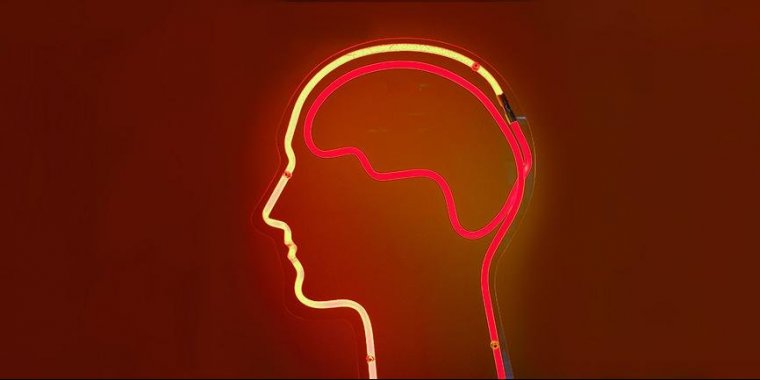| News / Science News |
High doses of ketamine can temporarily switch off the brain
Researchers have identified two brain phenomena that may explain some of the side-effects of ketamine. Their measurements of the brain waves of sheep sedated by the drug may explain the out-of-body experience and state of complete oblivion it can cause.

High doses of ketamine can temporarily switch off the brain. Photo: Dierk Schaefer/Flickr
In a study aimed at understanding the effect of therapeutic drugs on the brains of people living with Huntington’s disease, researchers used electroencephalography (EEG) to measure immediate changes in the animals’ brain waves once ketamine - an anaesthetic and pain relief drug - was administered.
Low frequency activity dominated while the sheep were asleep. When the drug wore off and the sheep regained consciousness, the researchers were surprised to see the brain activity start switching between high and low frequency oscillations.
The bursts of different frequency were irregular at first, but became regular within a few minutes.
“As the sheep came round from the ketamine, their brain activity was really unusual,” said Professor Jenny Morton at the University of Cambridge’s Department of Physiology, Development and Neuroscience, who led the research. “The timing of the unusual patterns of sheep brain activity corresponded to the time when human users report feeling their brain has disconnected from their body.”
She added: “It’s likely that the brain oscillations caused by the drug may prevent information from the outside world being processed normally,”
The findings arose as part of a larger research project into Huntington’s disease, a condition that stops the brain working properly. The team want to understand why human patients respond differently to various drugs if they carry the gene for this disease.
Sheep were used because they are recognised as a suitable pre-clinical model of disorders of the human nervous system, including Huntington’s disease.
Six of the sheep were given a single higher dose of ketamine, 24mg/kg. This is at the high end of the anaesthetic range. Initially, the same response was seen as with a lower dose.
But within two minutes of administering the drug, the brain activity of five of these six sheep stopped completely, one of them for several minutes - a phenomenon that has never been seen before.
“This wasn’t just reduced brain activity. After the high dose of ketamine the brains of these sheep completely stopped. We’ve never seen that before,” said Morton.
Although the anaesthetised sheep looked as though they were asleep, their brains had switched off. “A few minutes later their brains were functioning normally again - it was as though they had just been switched off and on.”
The researchers think that this pause in brain activity may correspond to what ketamine abusers describe as the ‘K-hole’ - a state of oblivion likened to a near-death experience, which is followed by a feeling of great serenity.
Ketamine was chosen for the study because it is widely used as a safe anaesthetic and pain-relief drug for treating large animals including dogs, horses and sheep.
It is also used medically, and is known as a ‘dissociative anaesthetic’ because patients can appear awake and move around, but they don’t feel pain or process information normally - many report feeling as though their mind has separated from their body.
“Our purpose wasn't really to look at the effects of ketamine, but to use it as a tool to probe the brain activity in sheep with and without the Huntington’s disease gene,” said Morton.
“But our surprising findings could help explain how ketamine works. If it disrupts the networks between different regions of the brain, this could make it a useful tool to study how brain networks function - both in the healthy brain and in neurological diseases like Huntington’s disease and schizophrenia.” (University of Cambridge)
YOU MAY ALSO LIKE





